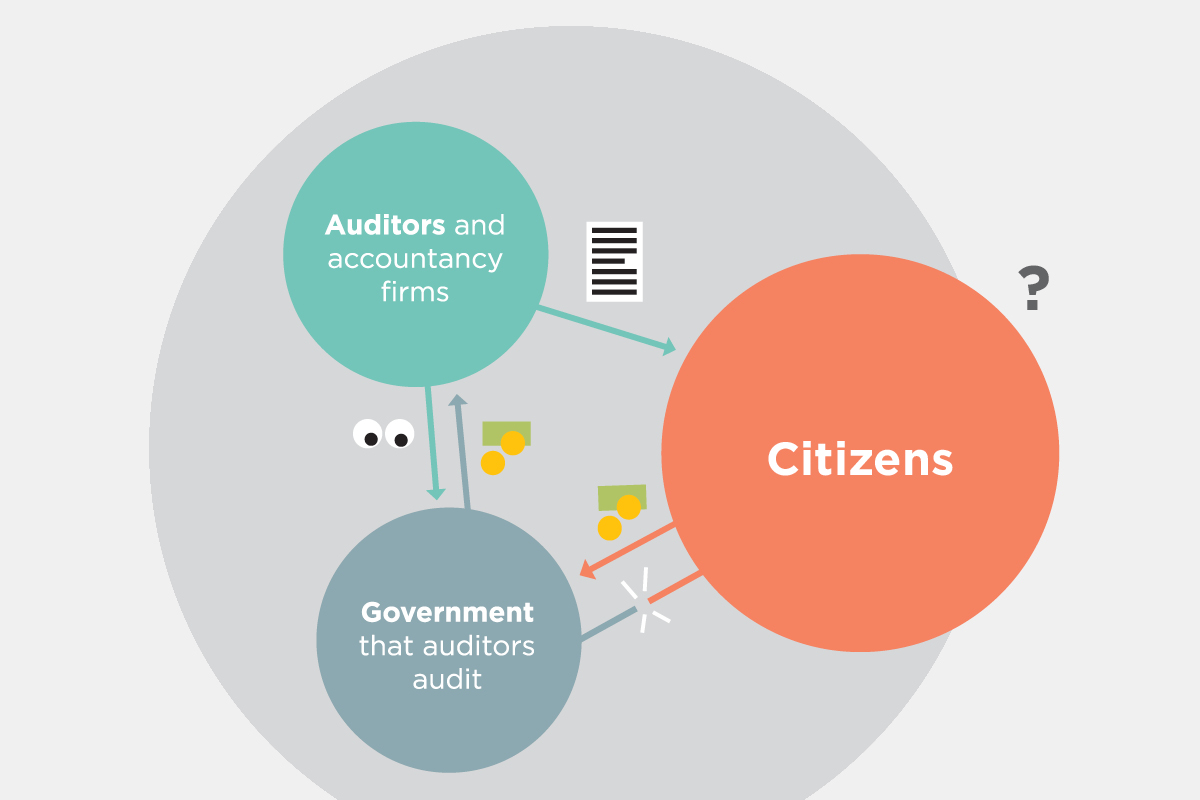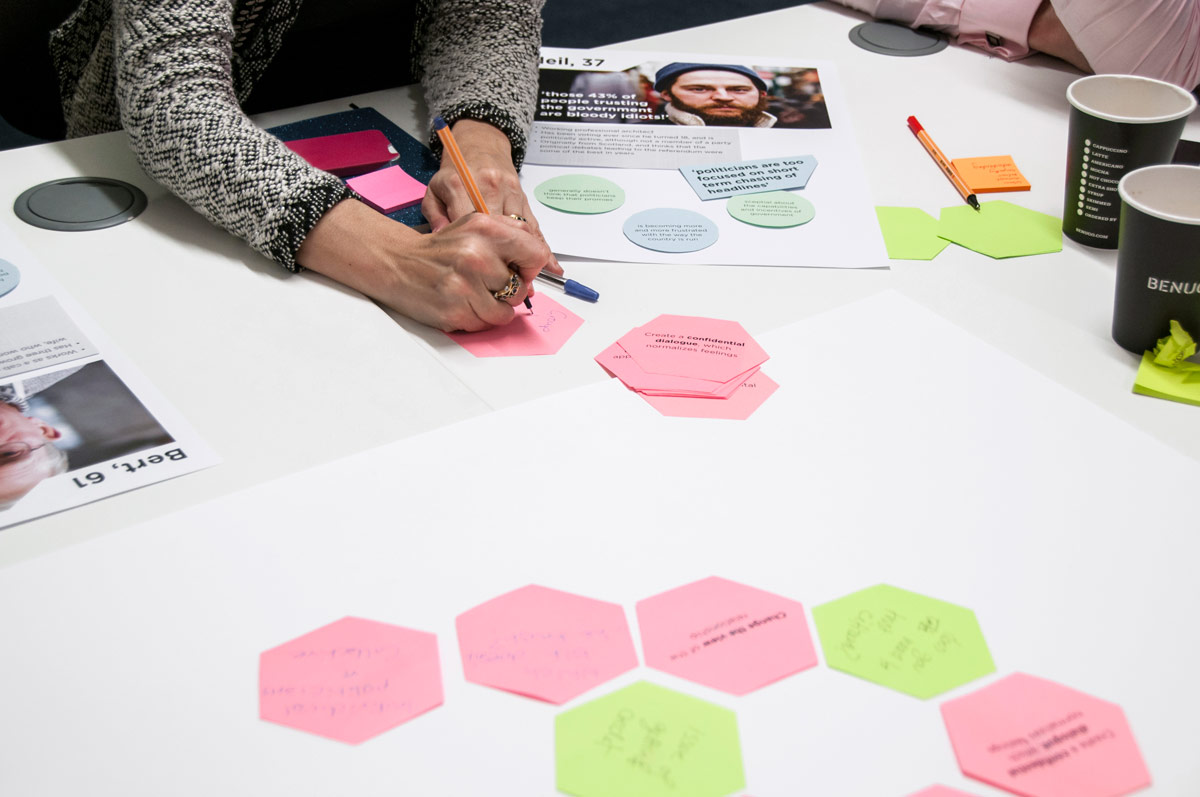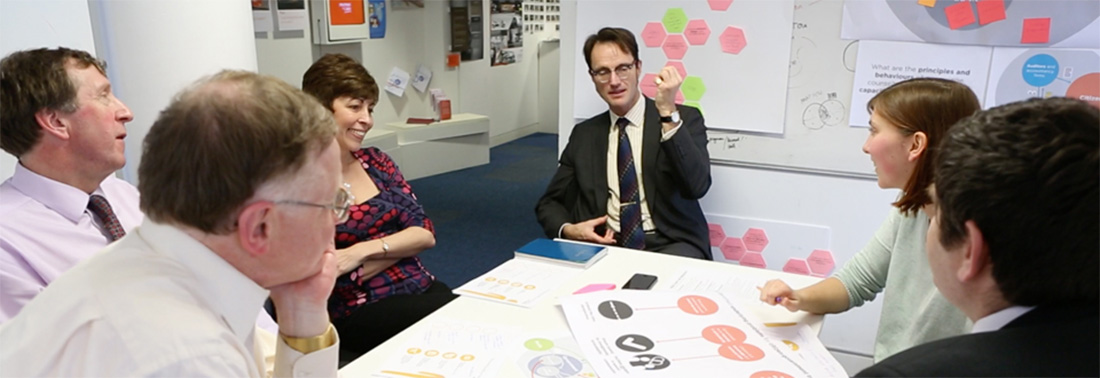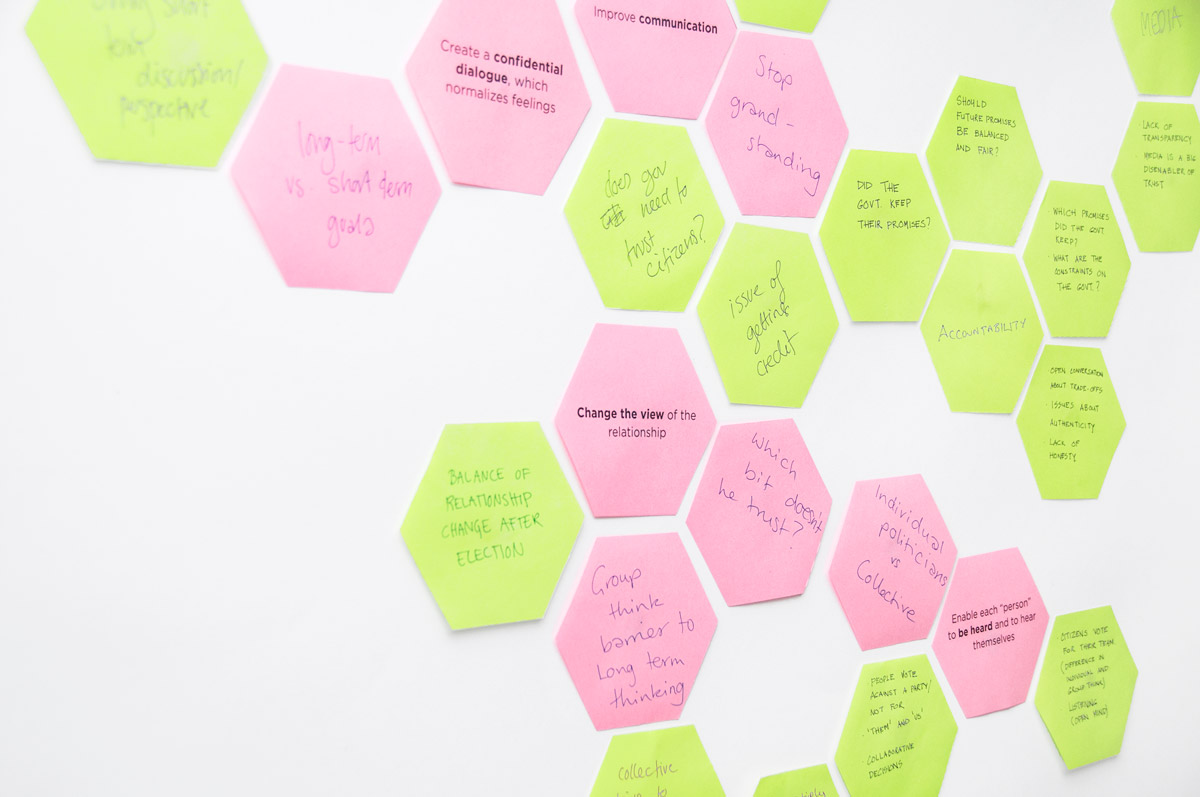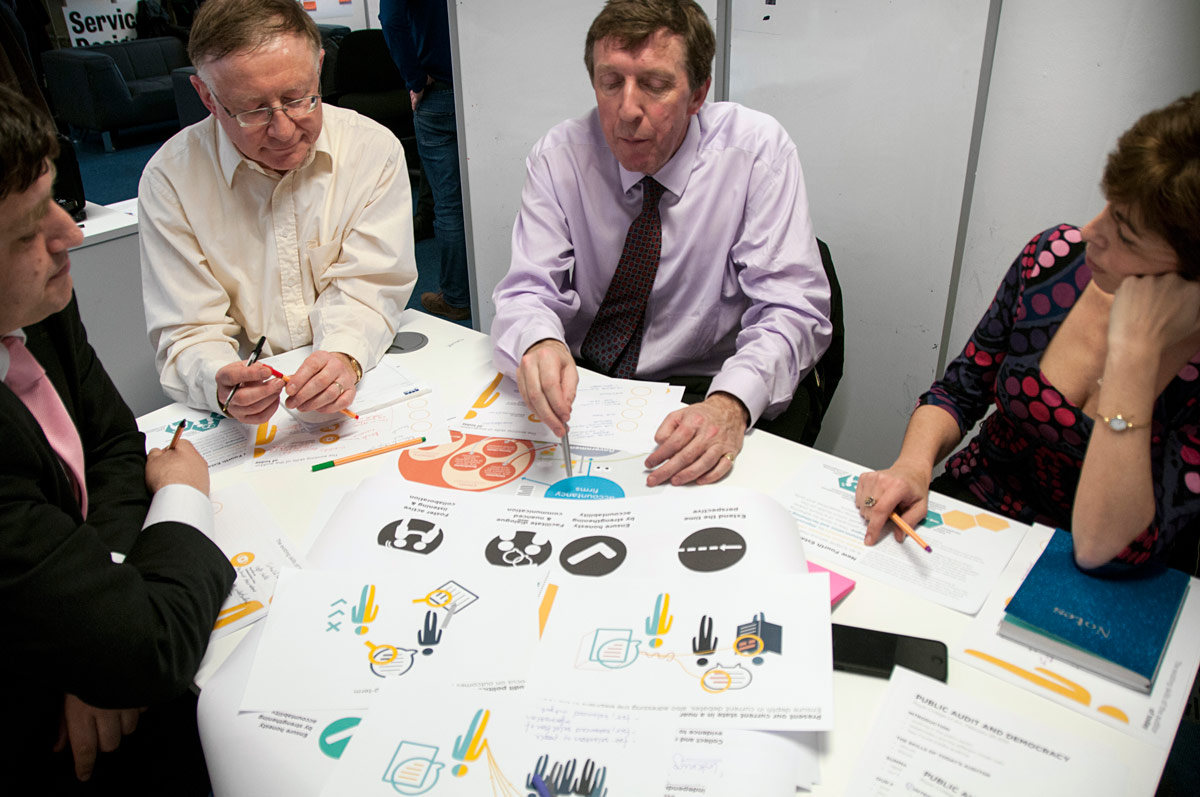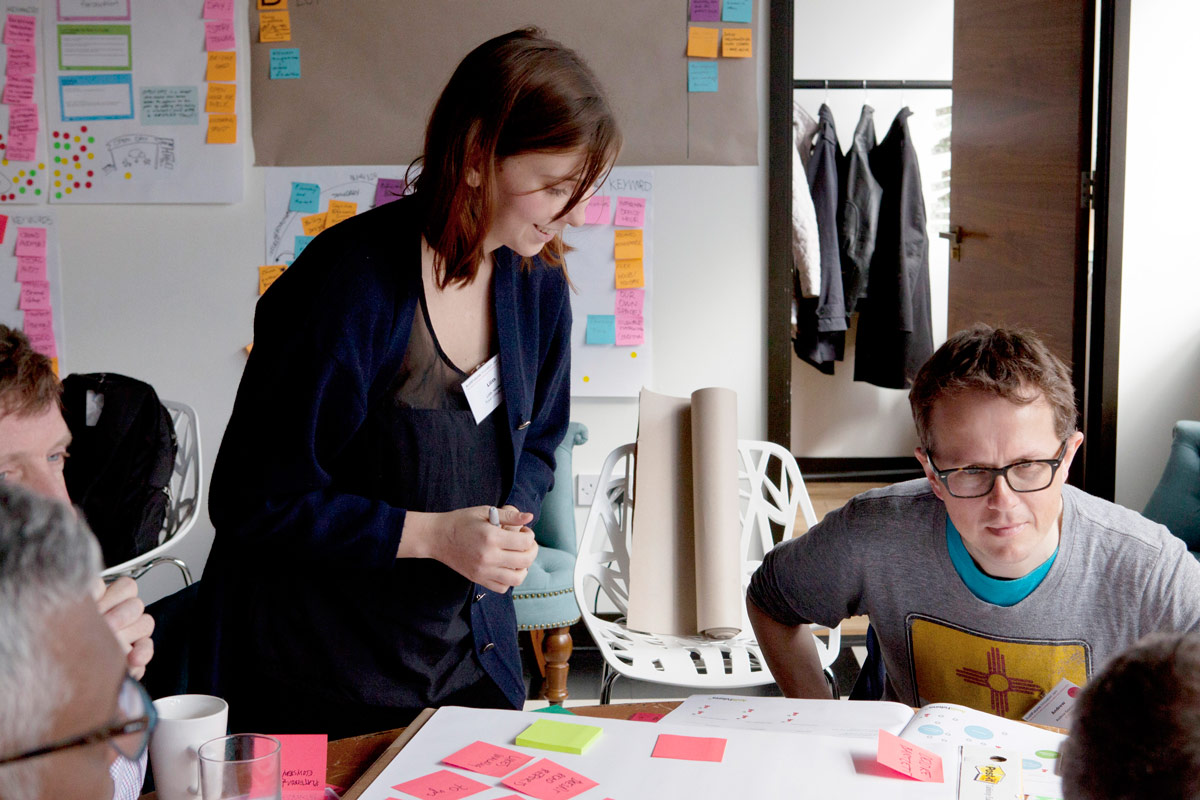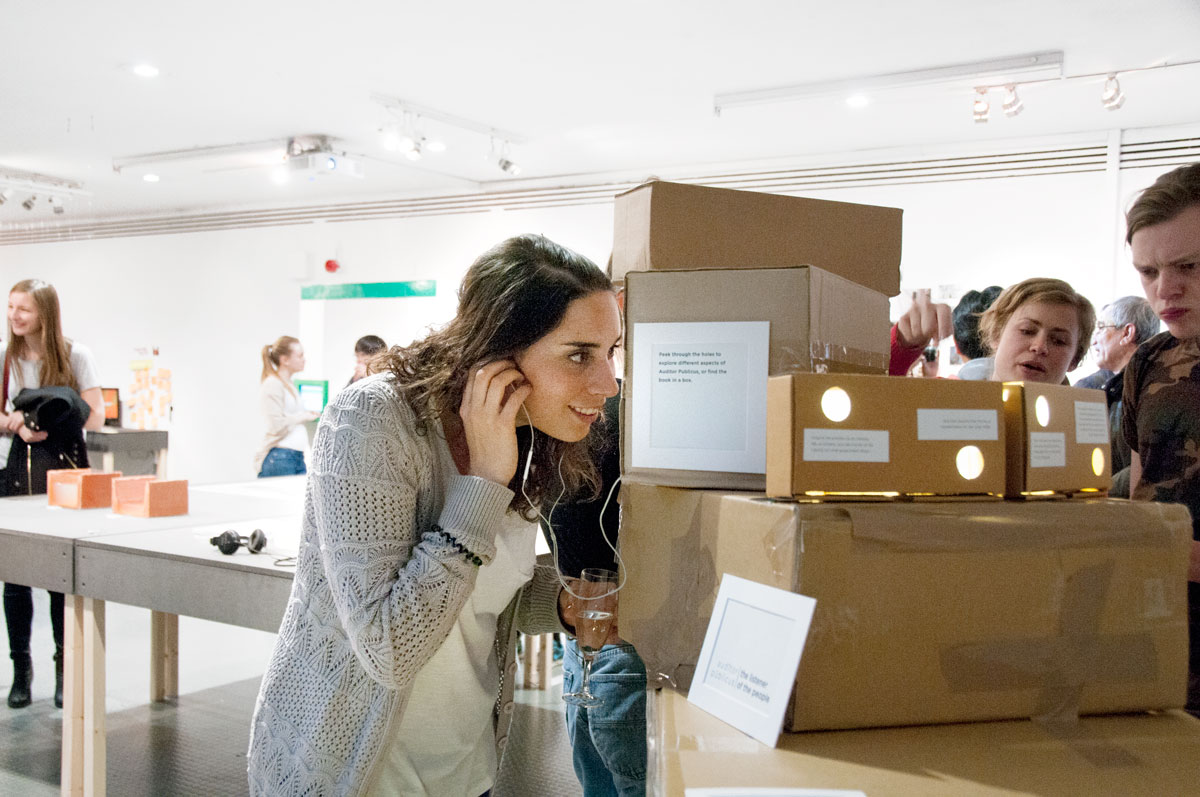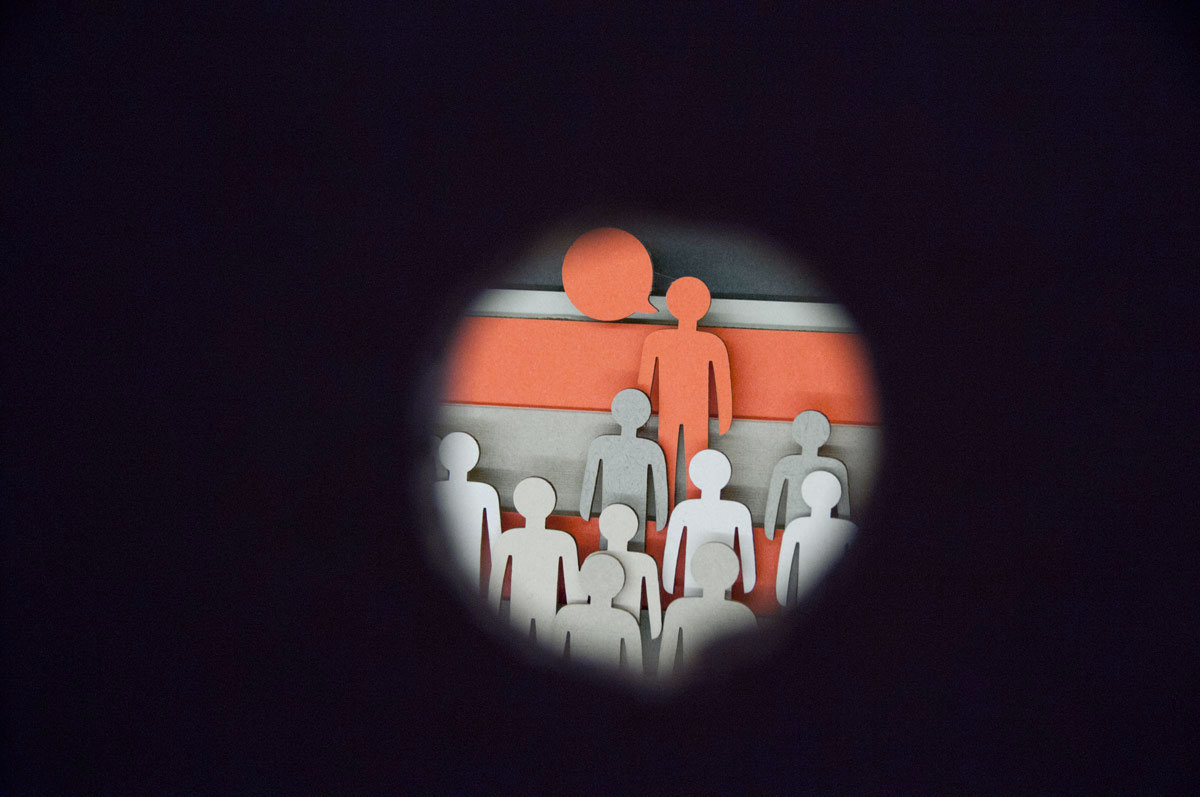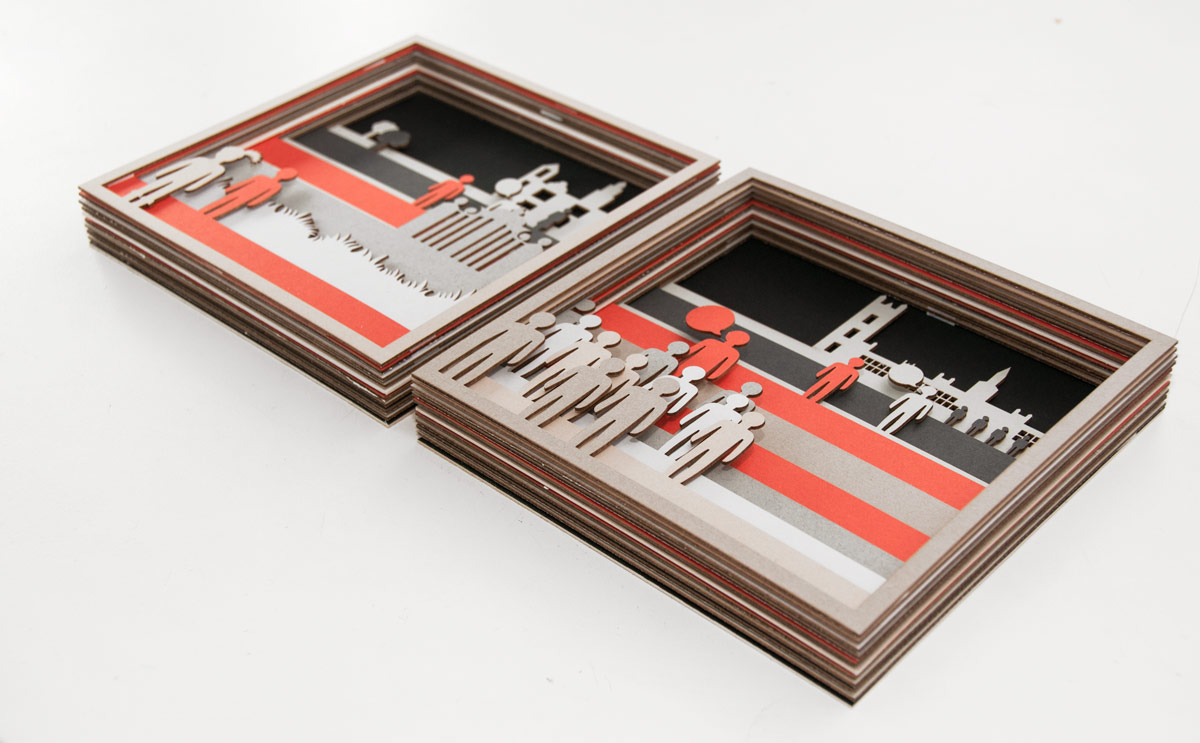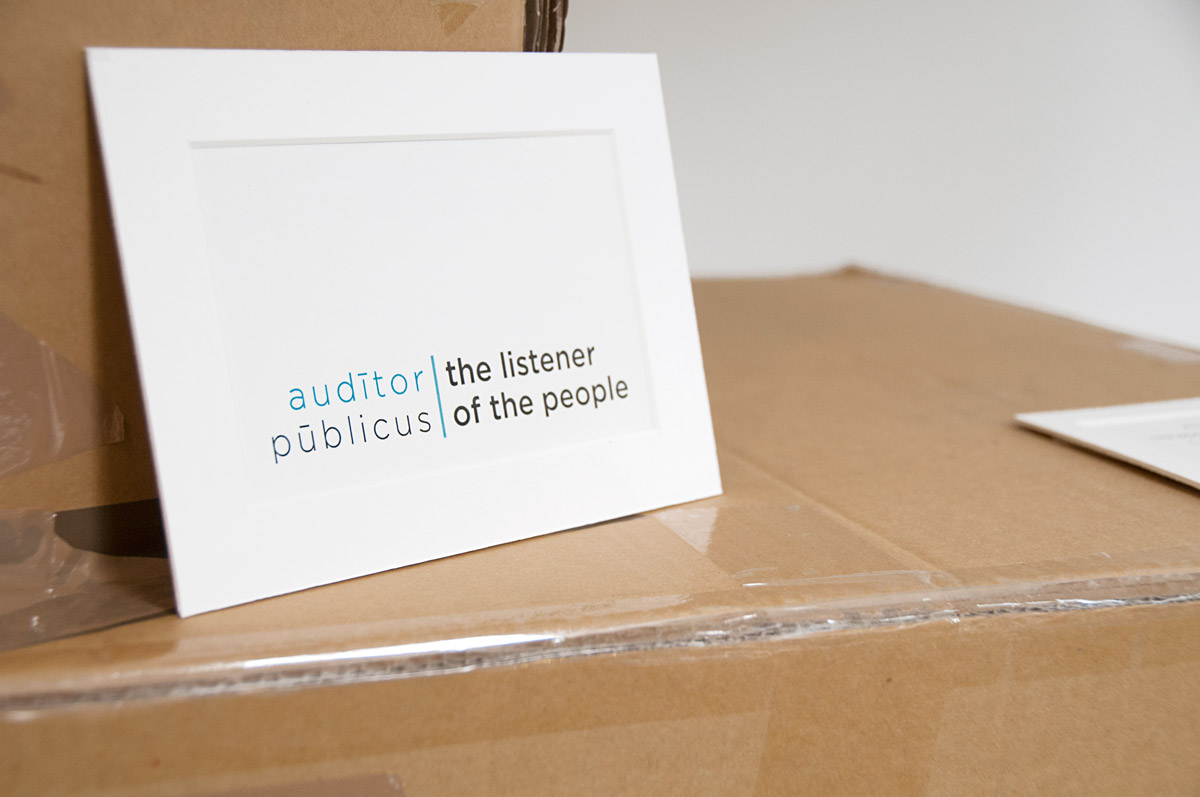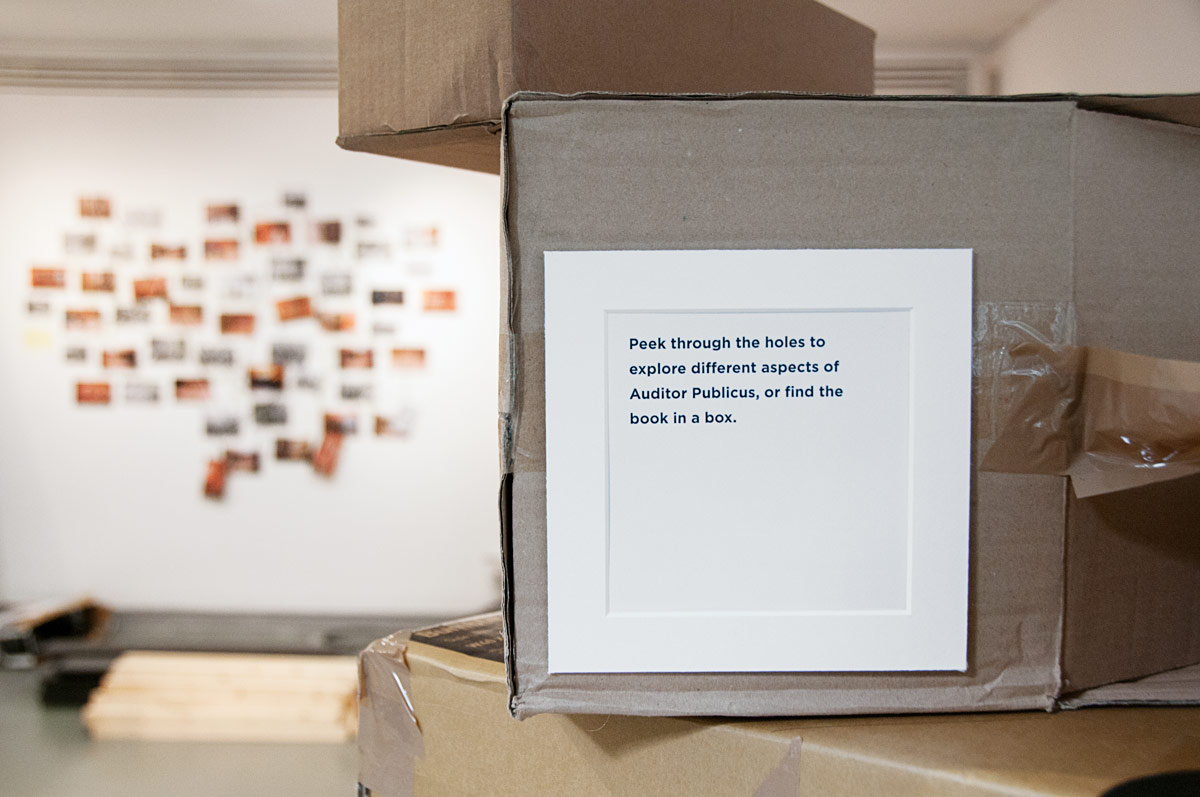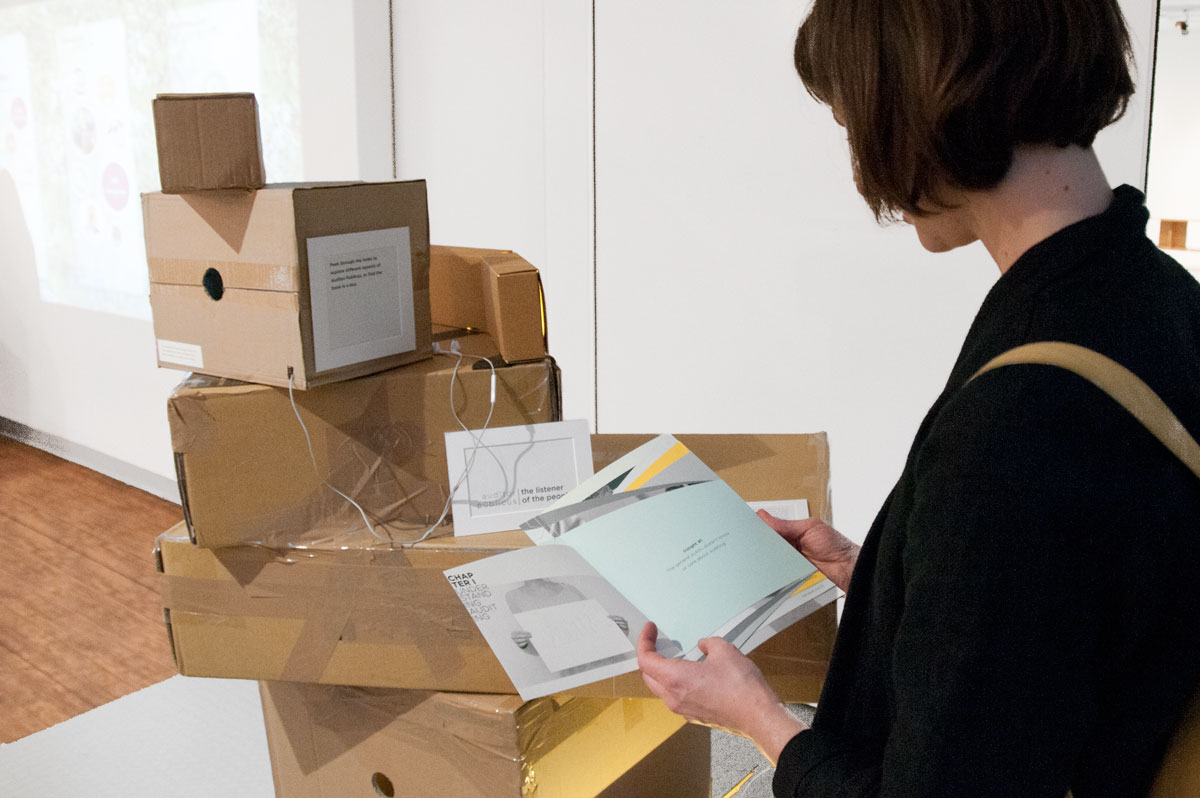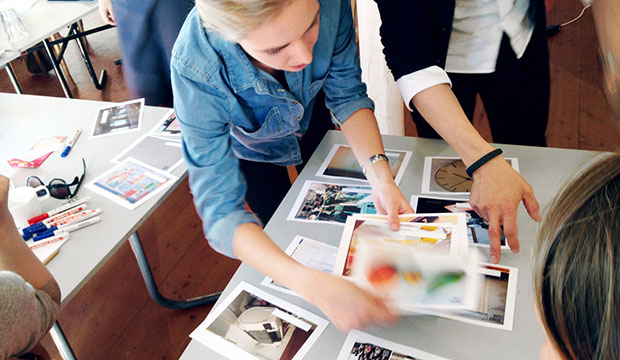The design
In a public sector context, citizens are essentially both at the receiving and paying end of auditing, yet most neither know nor care. Where auditors usually play a role in building trust between investors and companies, trust between citizens and government is at an all-time low — and auditors aren’t playing an active role. Audītor Pūblicus aims to change this, and in some way, this goes back to the roots of the auditor - and yet applies this to a modern societal challenge.
I have had immensely positive reactions from accountants and auditors, and there is a will and wish to take this further.

That trust between citizens and their government is at an all-time low is not a suprise to most people. This striking statement is from one of the people I spoke to.
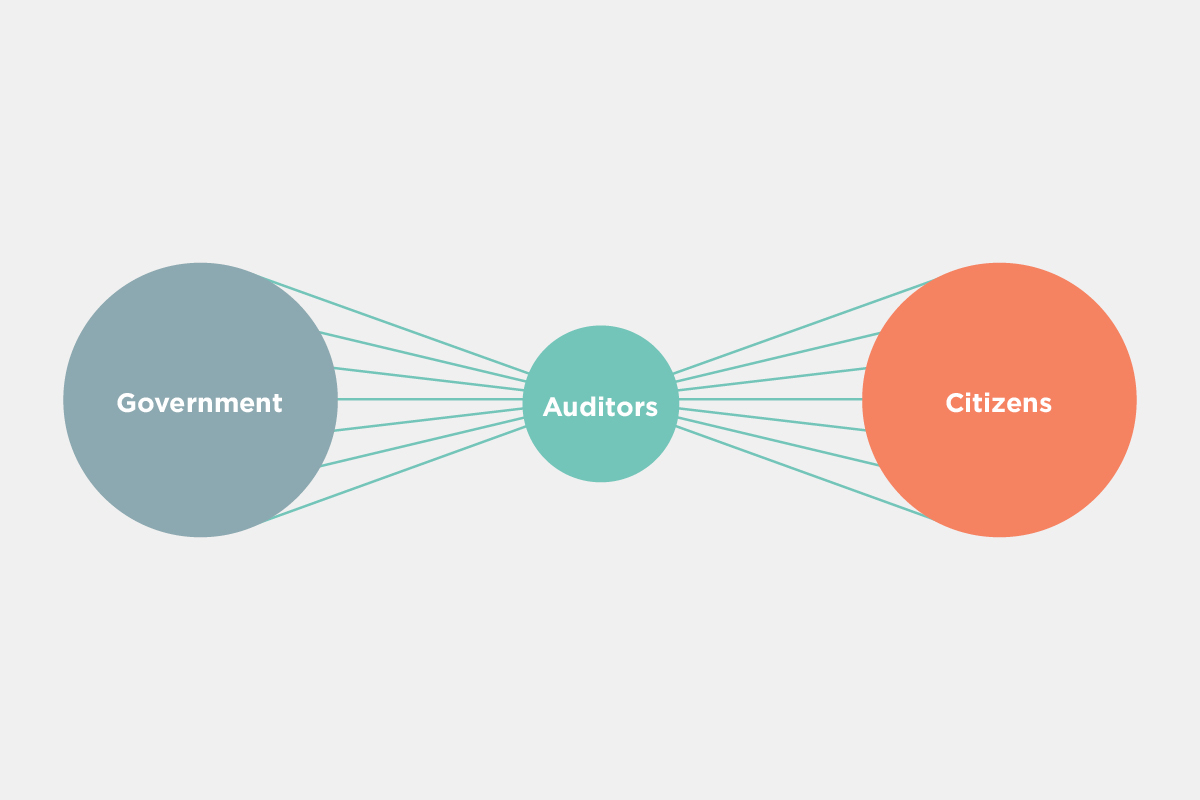
This new public auditing takes on a role of a kind of new fourth estate, that ensures that these information streams going back and forth between citizens and government are honest and reflect the nuances.
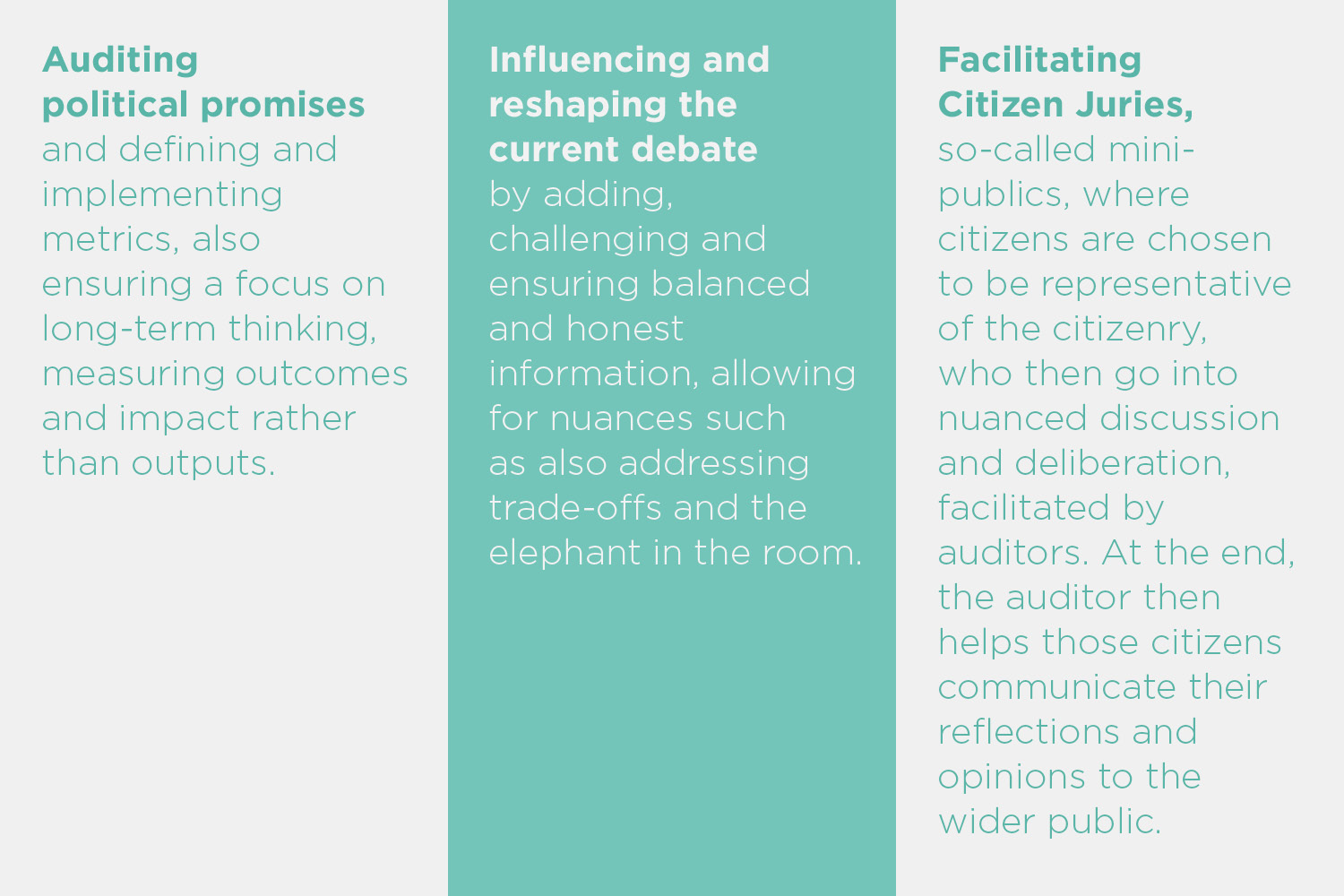
The three new initiatives of the auditor publicus.

As a way of collating the learnings from each workshop, I designed and hand-bound a booklet.
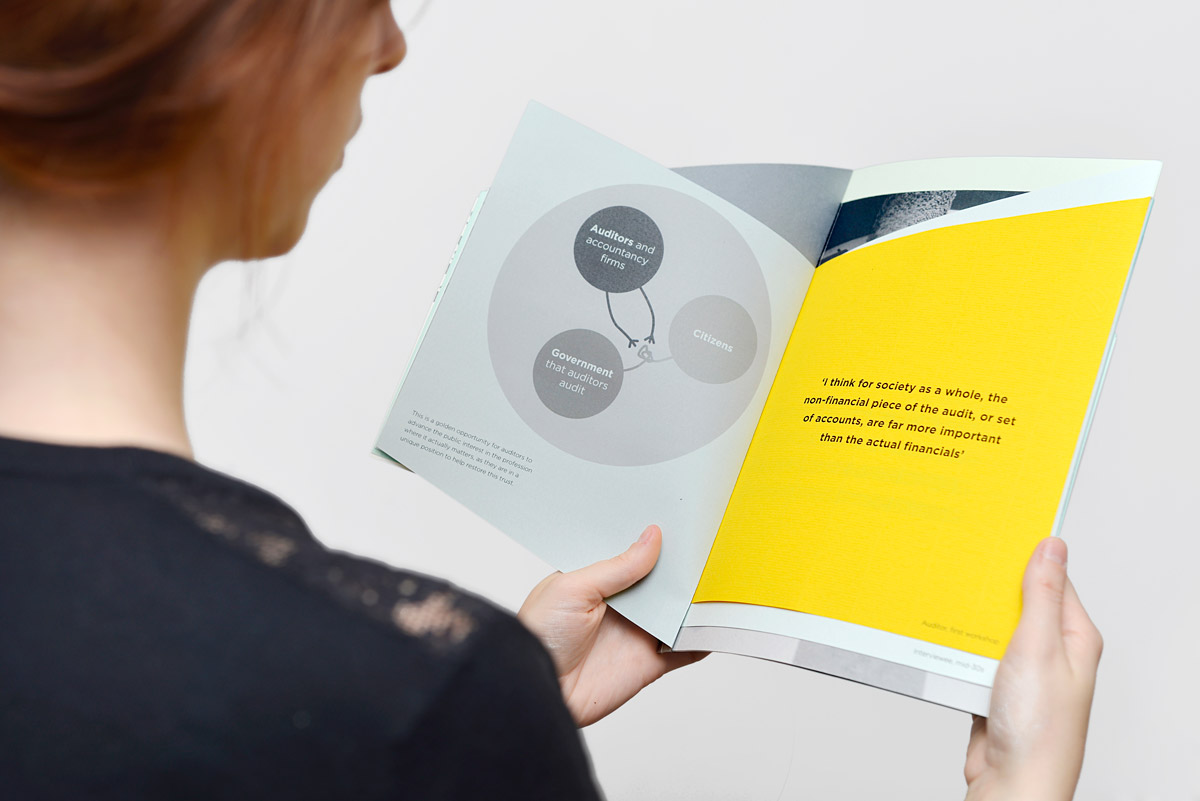
Audītor Pūblicus is a result of a number of co-design sessions with a small team of accounting and auditing professionals. The non-financial auditing led us here: ‘I think for society as a whole, the non-financial piece of the audit, or set of accounts, are far more important than the actual financials’.
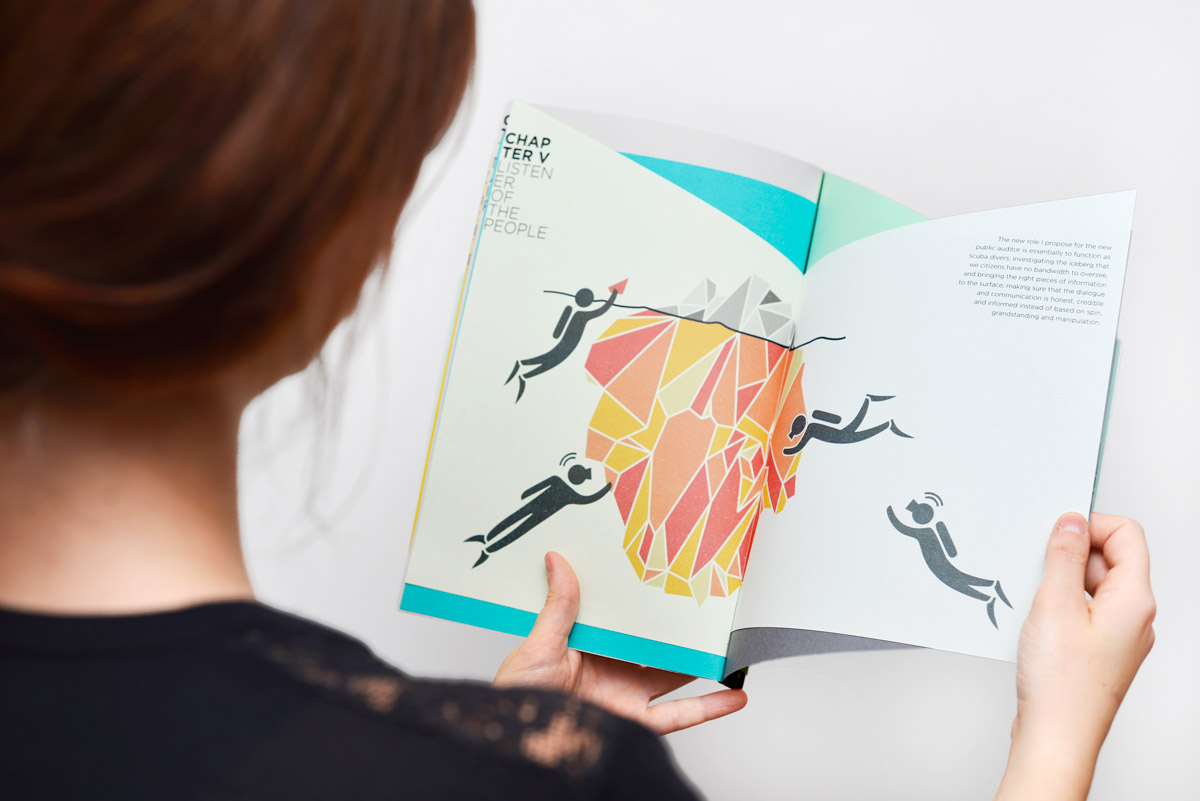
Imagine the problem as an iceberg: Counteracting the mistrust comes down to making the tip that people see representative. This is the role I propose for the new public auditor; to essentially function as scuba divers, who investigate and bring the right pieces of information to the surface.
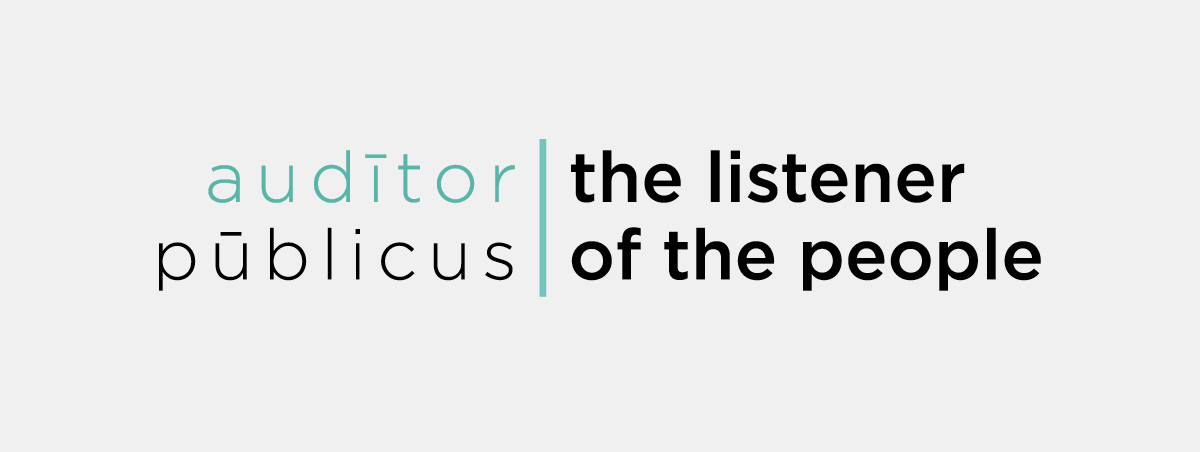
The name itself goes back to the latin roots of "auditor" as 'a listener', and "public" as 'of or belonging to the people'.
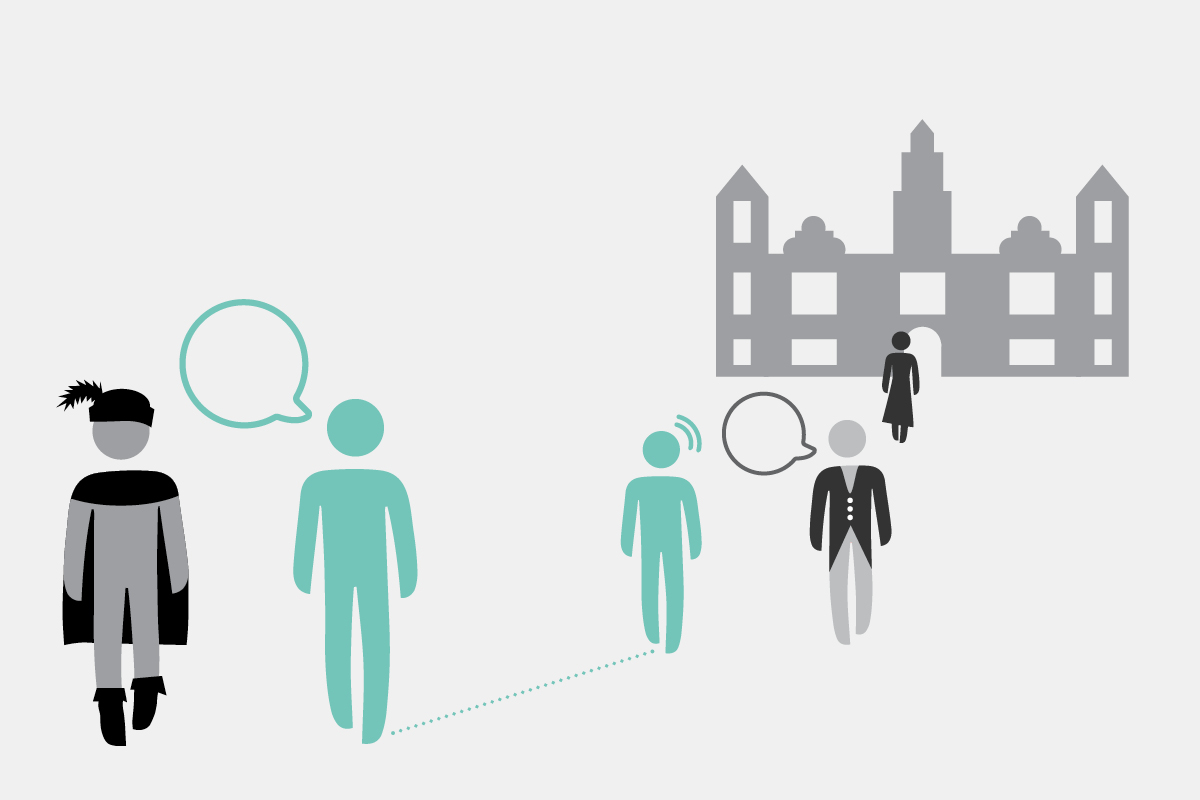
In the middle ages, when the lord of the manor was away, he sent somebody trusted back to ensure that all was fine, and to report back because he did not have the bandwidth to deal with all the detail. This was the role of the auditor.
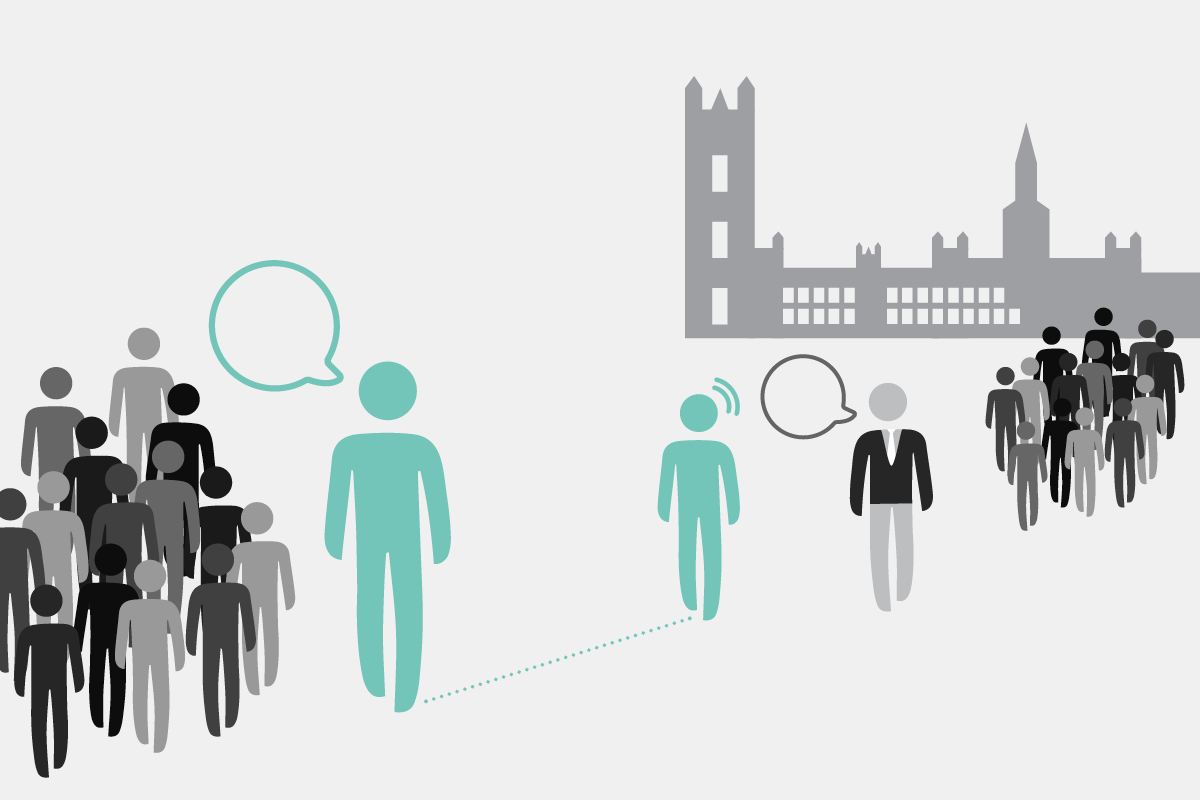
This new role for the public auditor goes back to the roots of auditing; only now the lord of the manor is the citizens, and the manor is the government as a whole.
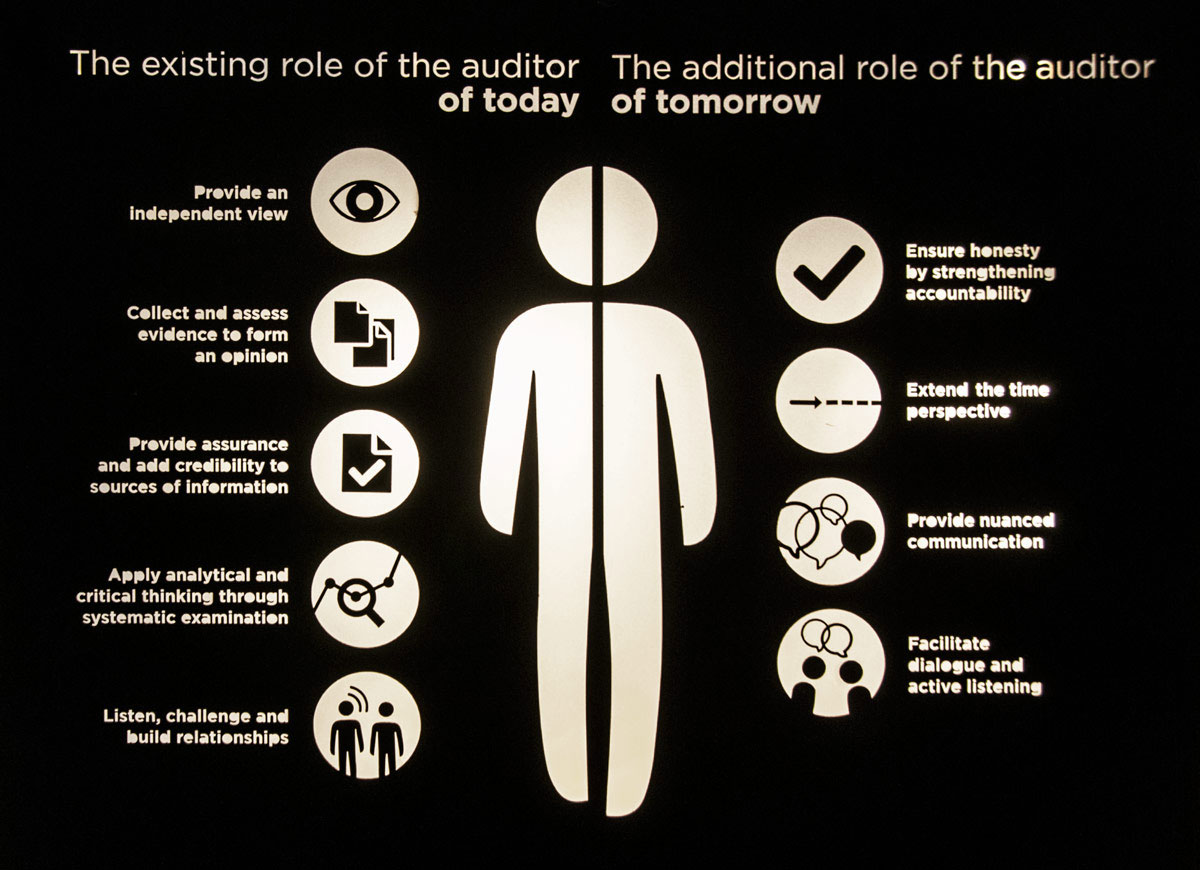
This future role for the public auditor builds on the existing transferable skills and actions of the auditor of today.

